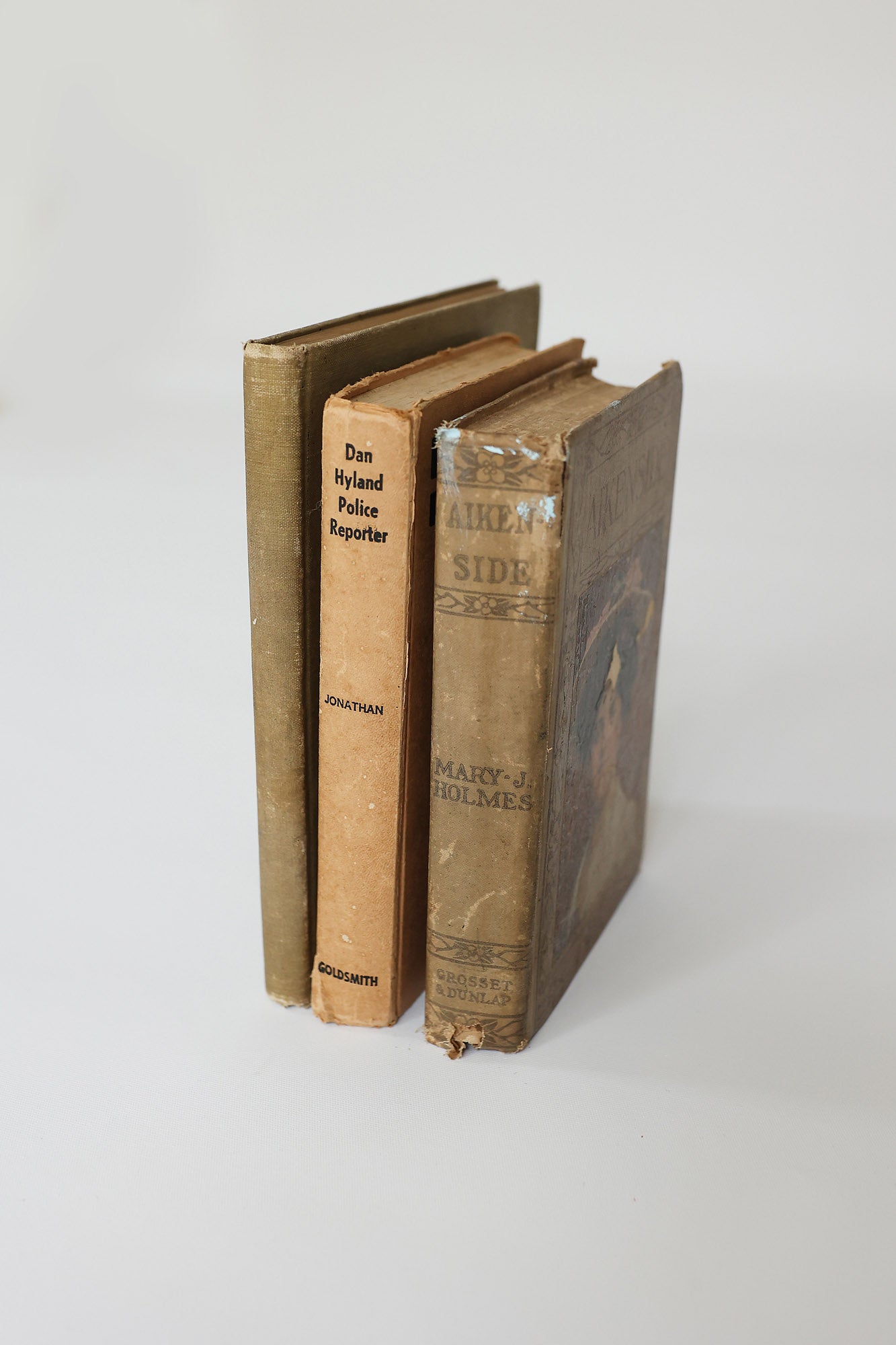New Releases in Hardcover Books You’ll Enjoy
New Releases in Hardcover Books You’ll Enjoy
Blog Article
A Comprehensive Guide to the Process of Hardcover Books Printing
When you begin the journey of hardbound publication printing, understanding the whole procedure is essential. From preparing your manuscript to selecting the right materials, each action plays a critical duty in the end product. You'll need to contemplate layout components and printing techniques that match your vision. As you browse with binding and quality assurance, you'll find that every choice impacts the book's total charm. What comes next off in this intricate process?
Understanding the Hardbound Book Framework
When you check out the world of hardcover publications, you'll swiftly discover that their framework is intentional and distinctive. The outer casing, usually made from sturdy cardboard, gives longevity and defense. You'll find a textile or leather treatment, which not only boosts appearances but additionally contributes to guide's longevity. Inside, the endpapers attach the cover to the text block, making sure a seamless interchange.
The message block itself contains several trademarks, or folded sheets, stitched with each other for strength. You'll see that the spinal column is enhanced, allowing for a smooth lay-flat reading experience - hardcover books. Furthermore, guide's weight often shares a sense of quality and permanence
Hardbound publications typically feature a dust coat, which offers as a marketing tool while safeguarding the cover. Comprehending these components helps you appreciate the craftsmanship behind hardbound publications and their one-of-a-kind allure in the literary globe.
Manuscript Prep Work and Editing
Getting your manuscript ready for printing is vital, and it begins with correct format standards. You'll require to understand the editing process to refine your job and assure it reverberates with viewers. Plus, mastering proofreading techniques can help you capture those troublesome mistakes before your book goes to print.

Manuscript Format Guidelines
Proper manuscript formatting is important for producing a professional-looking hardbound publication. Make sure to proofread your manuscript for consistency in style, guaranteeing that whatever from punctuation to spacing adheres to your picked guidelines. Following these steps will set a solid foundation for your publication.
Editing Process Fundamentals
Editing your manuscript is a necessary action that can change it from an outline into a sleek end product. Start by reading via your job seriously, concentrating on clearness, structure, and flow. Look for disparities in your narrative, personality growth, or argumentation. It's practical to take breaks in between rounds of modifying to gain fresh perspectives. Don't hesitate to reduce unnecessary content or rephrase unpleasant sentences; this will certainly improve readability. Think about seeking feedback from relied on peers or expert editors that can offer valuable understandings. Bear in mind, editing isn't nearly fixing mistakes; it has to do with improving your voice and ensuring your message resonates with viewers. Welcome the process, and you'll see your manuscript sparkle.
Proofreading Strategies Overview
As soon as you've brightened your manuscript through editing and enhancing, the next step is to assure it's correct that can distract visitors. Beginning by taking a break after editing and enhancing; fresh eyes catch errors much better. Read your manuscript out loud-- this aids you hear uncomfortable wording and spot typos. Use digital devices like spell checkers for initial scans, however do not count solely on them. Think about publishing your manuscript; analysis on paper can expose mistakes that displays miss. Concentrate on one sort of mistake at a time, whether it's spelling or grammar, to stay clear of feeling overwhelmed. Lastly, employ a relied on buddy or professional proofreader to supply a fresh viewpoint. Their responses can highlight problems you could forget.
Designing the Book Cover and Interior
When you're designing your book cover and inside, you'll desire to focus on important design elements that capture your target market's focus. Picking the ideal typography designs and meticulously picking shades and imagery can make all the difference in sharing your publication's style. Let's check out exactly how these choices can elevate your work and draw in viewers.
Essential Style Elements
Creating an attractive book cover and a properly designed interior is vital for bring in visitors and improving their experience. Start with the cover; it's your impression. Choose shades and pictures that reflect your book's theme and state of mind. See to it your title stands out and is understandable, also in thumbnail size.
For the inside, concentrate on format and white space. A clean, organized style helps visitors browse effortlessly. Take into consideration utilizing chapter headings and subheadings to direct them via the content. Aesthetic elements, like graphics or images, can likewise boost engagement yet ought to enhance the text, not overwhelm it. Bear in mind, a cohesive style throughout your book promotes a professional look that can substantially impact a visitor's choice to pick it up.
Selecting Typography Designs
Typography plays an essential role in both the book cover and navigate to this website interior decoration, forming how readers regard your content. When selecting typography styles, consider your publication's category and target market. A timeless serif typeface might work well for literary fiction, while a contemporary sans-serif may fit a modern story. Warranty readability; your message needs to be very easy on the eyes, especially for longer passages. Take note of font size and line spacing, as these aspects impact general flow. Mixing fonts can include passion, yet restrict it to 2 or 3 to preserve coherence. Think concerning power structure-- make use of various designs for headings and body message to assist visitors effortlessly through your job. Your typography selections will substantially influence the viewers's experience.
Shade and Imagery Selection
Picking the ideal colors and images is essential for recording visitors' attention and sharing your book's themes. Start by considering your style; lively colors may benefit a youngsters's publication, while muted tones match a secret story. hardcover books. Use images that resonates with your web content-- photos, images, or abstract designs can boost your message
When designing the cover, make specific the images does not overwhelm the title and author's name; quality is essential. This natural strategy not only raises your publication's visual yet also enhances the viewers's experience, making it more unforgettable.
Selecting the Right Paper and Products
When picking paper and materials for your hardcover publication, it's vital to ponder how they'll impact the overall feel and look of your job. Beginning by choosing the ideal paper weight; much heavier supply typically shares top quality and durability, while lighter paper can produce an extra delicate touch. Think about the coating as well; shiny paper boosts shades and photos, while matte can offer an advanced, downplayed look.
Don't forget about the cover products. Towel, leather, or printed paper can establish the tone for your publication. Decide for acid-free paper to protect against yellowing over time if your task consists of pictures. Additionally, assume about the binding products; utilizing top notch sticky assurances your book lasts.
Inevitably, the options you make here mirror your vision, so put in the time to sample different products (hardcover books). Your selections will certainly aid produce a publication that's not just visually enticing however useful and likewise durable
The Printing Refine: Techniques and Technologies
A variety of printing methods and technologies can bring your hardbound publication to life, each offering unique advantages. Digital printing is a prominent selection for short runs, allowing for quick turn-around and economical solutions.
For special impacts, you may take into consideration techniques like foil stamping or embossing, which can include an extravagant touch to your cover. In addition, you can go with various inks, including environment-friendly alternatives that deal with eco conscious visitors. Comprehending these methods assists you make notified choices, guaranteeing your hardbound publication not just looks wonderful but also meets your production requires effectively. Choose the right approach to elevate your book's appeal and impact.
Binding Methods for Hardbound Books
Several binding techniques can transform your hardbound book right into a appealing and sturdy product. An additional method is the perfect binding, which utilizes adhesive to hold the pages with each other, allowing for a smooth back however much less toughness compared to instance binding.
You might likewise take into consideration spiral binding, which enables your publication to lay level, making it optimal for manuals or workbooks. However, it doesn't offer the very same protective cover as instance binding. There's the saddle stitch technique, suitable for smaller books, where sheets are folded and stapled with each other. Each binding approach has its benefits and fits different needs, so think of your book's function and target market when resource picking the best option for your project.
Quality Assurance and Final Touches
After selecting the right binding technique for your hardcover book, quality assurance ends up being vital to verify your last product meets your expectations. Start by evaluating the published web pages for any type of errors or disparities in color and format. You don't want to miss out on any kind of typos or misprints that can impact your visitors' experience.
Next, examine the binding honesty. Confirm the pages are securely affixed which the spinal column is durable. A well-bound book not just looks expert but likewise really feels resilient in your hands.
In addition, focus on the cover. Look for any kind of scuff marks or imbalances in the artwork. Make certain they're used regularly across all duplicates. if websites you've decided for special coatings like embossing or aluminum foil stamping.
Ultimately, perform a detailed assessment of the entire set before relocating to distribution. By doing this, you can verify that every book mirrors your high requirements.
Regularly Asked Inquiries
The length of time Does the Hardbound Book Printing Process Typically Take?

What Is the Minimum Order Quantity for Hardcover Books?
The minimum order quantity for hardcover publications normally begin around 100 copies, but it can differ based upon the printer. You must get in touch with your chosen printing service for their details needs and prices.

Can I Print Hardcover Books in Personalized Sizes?
Yes, you can publish hardbound publications in custom sizes. Numerous printing services use adaptability with measurements, permitting you to choose a layout that suits your project. Just confirm the specifications before putting your order.
Are There Eco-Friendly Options for Hardcover Book Printing?
Yes, you can find environmentally friendly options for hardbound book printing. Several firms use recycled materials and sustainable inks. Simply ask your printer regarding their eco-friendly techniques to guarantee your task aligns with your ecological values.
What Are the Expenses Connected With Hardbound Book Printing?
When thinking about hardcover publication printing costs, you'll require to variable in products, style, and printing techniques. Additional expenses like delivery and binding can likewise affect your overall spending plan, so strategy accordingly for your task.
When you commence the journey of hardcover book printing, recognizing the whole procedure is crucial.A selection of printing methods and innovations can bring your hardcover publication to life, each offering special advantages. How Lengthy Does the Hardcover Publication Printing Refine Usually Take?
The hardcover book printing process generally takes around 2 to 6 weeks.Yes, you can find eco-friendly alternatives for hardcover publication printing.
Report this page